What are Off-road Motorcycles
Off-road motorcycles, often referred to as dirt bikes or trail bikes, are specialized two-wheeled vehicles designed to navigate rugged, unpaved terrains with agility and strength. Unlike their on-road counterparts, off-road motorcycles feature a lightweight frame, long suspension travel, and high ground clearance to overcome obstacles such as rocks, mud, and sand. These motorcycles are built for enthusiasts who seek the thrill of exploring beyond the boundaries of asphalt and for professionals who require reliable transportation in challenging environments.
The principles of how an off-road motorcycle works are similar to other motorcycles, but with an emphasis on durability and performance in rough conditions. The engine is typically a high-torque unit that provides rapid acceleration to traverse difficult terrains. The suspension system is more advanced than standard motorcycles, absorbing significant impacts from irregular surfaces. Tires are another critical aspect; they have deep treads for maximum traction on loose surfaces.
Who uses off-road motorcycles? They cater to a variety of users including adventure seekers, competitive racers in motocross or rally events, farmers, and even military units for reconnaissance missions. Essentially, anyone needing to travel over terrain where paved roads are scarce or non-existent might find these rugged machines indispensable.
Types of Off-road Motorcycles
Understanding the different types of off-road motorcycles ensures that buyers select the right model for their specific needs. The variety includes:
Trail Bikes: Trail bikes are versatile and designed for general off-road riding. They are comfortable for long distances with moderate speeds and are ideal for navigating through forests, desert trails, and hilly terrains.
Motocross Bikes: These are lightweight, high-performance machines tailored for competitive racing on closed off-road circuits with jumps and sharp turns. They have a powerful engine and suspension but lack comfort features since they're built for short, fast races.
Enduro Motorcycles: Enduro bikes are similar to motocross bikes but are equipped for endurance racing. They have additional features like larger fuel tanks and lights for long-distance racing that often includes both on-road and off-road sections.
Dual-Sport Motorcycles: Designed to be ridden on both dirt and pavement, dual-sport bikes have features that make them street-legal such as mirrors, lights, and a quieter exhaust system. They're a good option for riders looking to cover various types of terrain in one trip.
Trial Bikes: These are specialized bikes used in trials racing where riders navigate through an obstacle course without putting their feet on the ground. Trial bikes are extremely lightweight and have a minimal seat height to maximize control and maneuverability.
How to choose Off-road Motorcycles
For businesses involved in B2B sales of off-road motorcycles, understanding customer needs is vital for recommending the right product. When selecting an off-road motorcycle, factors such as terrain type, motorcycle performance characteristics, and intended use should be considered.
Businesses looking to purchase trail or enduro bikes should prioritize durability for long-distance riding and varied terrains. For motocross racing purposes, a lightweight bike with a powerful engine is essential to achieve high speeds on challenging tracks. Dual-sport motorcycles would be suitable for businesses catering to clients requiring versatility in both urban commuting and off-road adventure.
Furthermore, engine type plays a significant role; two-stroke engines offer a higher power-to-weight ratio which is beneficial in racing scenarios while four-stroke engines provide better fuel economy and lower emissions for everyday use. Displacement capacity also varies from under 100cc to over 400cc; larger engines offer more power but might be less manageable for inexperienced riders.
Other considerations include the type of brakes (disc or drum), the starting mechanism (electric or kick start), wheel number (usually two for traditional motorcycles), power output measured in watts (1001 - 2000w), ignition systems (such as CDI), transmission type (chain being common), and material construction (steel or aluminum alloys).
Best Off-road Motorcycles on Alibaba.com
Alibaba.com stands out as a premier online marketplace that connects buyers with reliable suppliers of off-road motorcycles from around the globe. With an extensive range of options available on the platform that cater to various off-roading needs – from leisure trail riding to competitive motocross racing – Alibaba.com is positioned as an essential hub for businesses seeking quality vehicles.
The platform's user-friendly interface simplifies the buying process by allowing businesses to filter through a vast selection based on specific parameters such as engine type, displacement, maximum speed, and more. This efficiency aids buyers in swiftly identifying the models that align with their operational requirements or market demands without sifting through irrelevant listings.
Moreover, Alibaba.com's commitment to facilitating secure transactions through services like Trade Assurance instills confidence in buyers when purchasing in bulk or procuring high-value items. By offering these services alongside its global reach – serving over 190 countries – Alibaba.com empowers small and medium-sized enterprises to expand their offerings confidently and tap into new markets with its vast selection of off-road motorcycles.
Common FAQs for Off-road Motorcycles
What types of off-road motorcycles are best for rough terrain?
Off-road motorcycles designed for rough terrain typically feature a strong suspension system, high ground clearance, and tires with deep treads. Trail bikes and enduro motorcycles are well-suited for such conditions due to their versatility and durability.
How does engine displacement affect the performance of an off-road motorcycle?
Engine displacement is a measure of the engine's power output capability. Larger displacement engines generally provide more power and torque, making them suitable for racing and navigating steep or challenging terrains. However, they may be less fuel-efficient and more challenging to handle than smaller engines.
Are there off-road motorcycles appropriate for long-distance travel?
Yes, dual-sport motorcycles and certain enduro models are designed for long-distance travel, offering features like larger fuel tanks, comfortable seating, and street-legal equipment for on-road sections of a journey.
What should I consider when choosing an off-road motorcycle for business resale?
Consider the target market's typical use case (recreational, competitive, or utility), prevalent terrain types in the area, desired motorcycle features (like engine type and displacement), and reliability. It's also important to offer a range of options to cater to different skill levels and preferences.
How important is the suspension system in an off-road motorcycle?
The suspension system is crucial in an off-road motorcycle as it absorbs shocks from uneven ground, improves ride comfort, and maintains wheel traction. A robust suspension system is particularly important for competitive racing bikes where precision handling can affect race outcomes.
What are the benefits of a four-stroke engine over a two-stroke engine in off-road motorcycles?
Four-stroke engines are generally more fuel-efficient, produce fewer emissions, and offer a smoother power delivery compared to two-stroke engines. They're often preferred for trail riding and dual-sport motorcycles where these characteristics are advantageous.
Can dual-sport motorcycles be used on highways?
Dual-sport motorcycles are designed to be street-legal with features like mirrors, turn signals, lights, and quieter exhaust systems, allowing them to be legally ridden on highways as well as off-road tracks.
What considerations should be made regarding brakes on off-road motorcycles?
When selecting off-road motorcycles, consider the type of brakes—disc or drum. Disc brakes offer better heat dissipation and stopping power under tough conditions and are often preferred for high-performance or competitive situations.
How does wheel size impact the performance of an off-road motorcycle?
Larger wheels can improve stability by rolling over obstacles more easily and offering a larger contact patch with the ground. Smaller wheels may grant better maneuverability. The choice depends on the type of terrain and riding style.
What are some key maintenance considerations for off-road motorcycles?
Key maintenance considerations include regular cleaning to remove dirt and debris, checking tire pressure and tread condition, ensuring the engine is properly tuned, inspecting brakes and suspension components, and replacing worn parts promptly to avoid breakdowns during operation.
Is electric start or kick start better for an off-road motorcycle?
Electric start offers convenience with the push of a button, which can be beneficial during frequent stops or if the motorcycle stalls in difficult terrain. A kick start may be more reliable in remote areas without access to electrical systems for charging.
How does fuel type impact the choice of an off-road motorcycle for business use?
Fuel type affects operational costs, refueling logistics, and may influence environmental compliance. Gasoline engines are common but businesses may also consider electric models as eco-friendly alternatives with lower running costs.
What role does the transmission play in an off-road motorcycle's performance?
The transmission affects how power is delivered from the engine to the wheels. A smooth-shifting transmission with a range of gears suited to varying terrains can significantly enhance an off-road motorcycle's performance by ensuring optimal power delivery.
How do I determine the right power output when choosing an off-road motorcycle?
Power output should align with intended use; higher output is beneficial for racing or heavy-duty tasks but may not be necessary for casual trail riding. Balancing power with control and efficiency is key when selecting motorcycles for business purposes.


















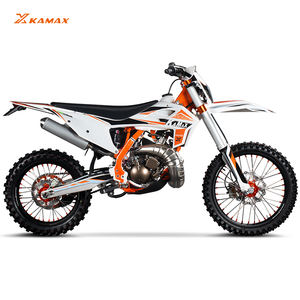
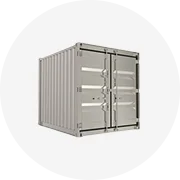
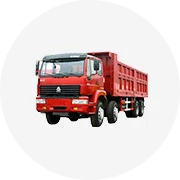
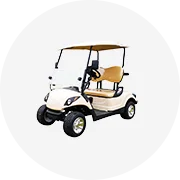
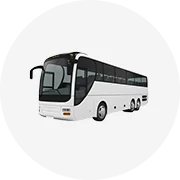
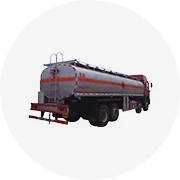
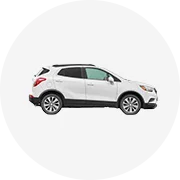
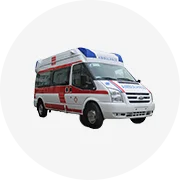
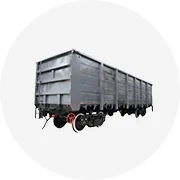
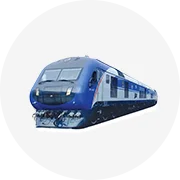
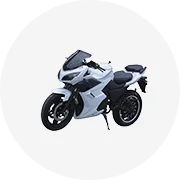
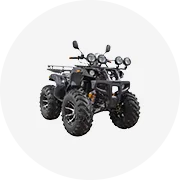
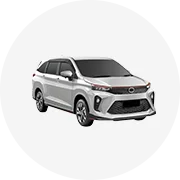
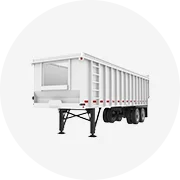
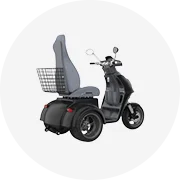








 浙公网安备 33010002000092号
浙公网安备 33010002000092号 浙B2-20120091-4
浙B2-20120091-4